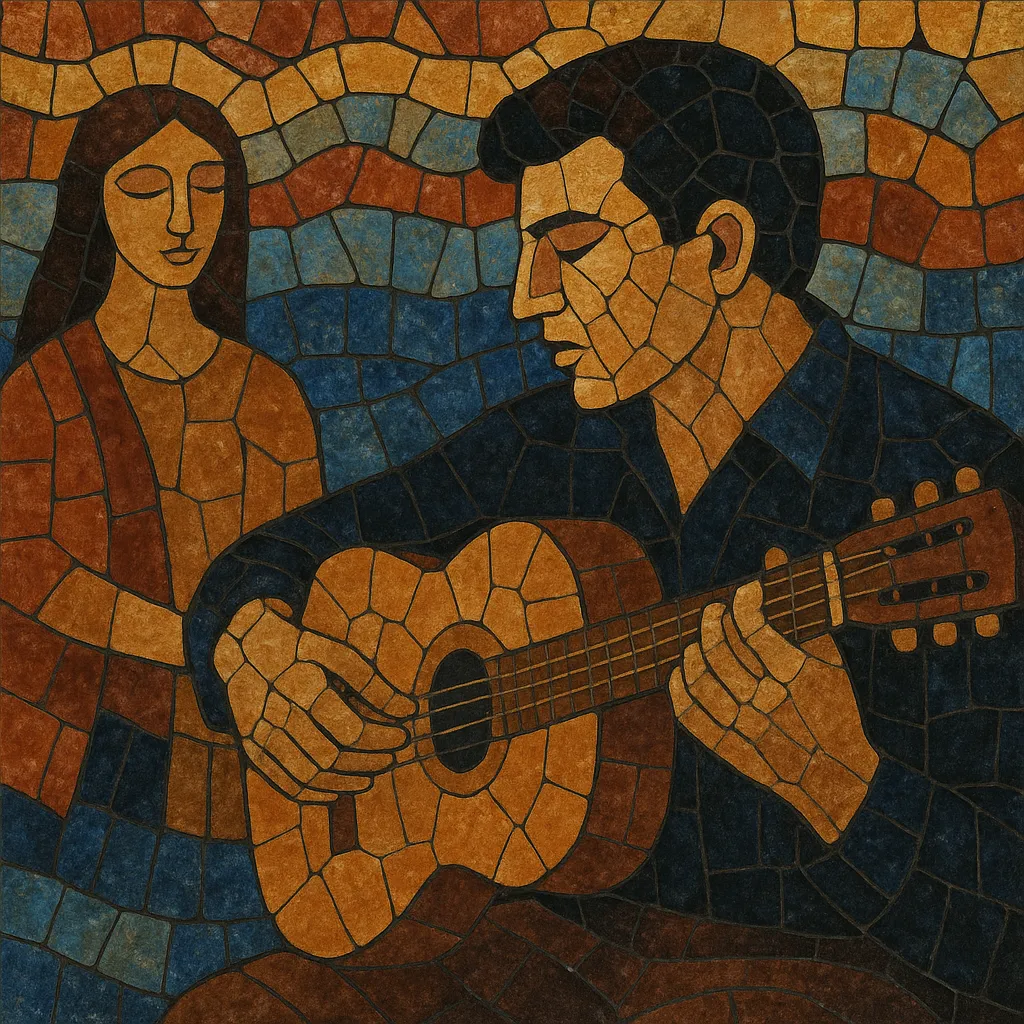Nueva canción española is the Spanish branch of the broader New Song movement that fused folk-rooted melodies with poetically charged, socially committed lyrics.
Emerging under late Francoism, it used simple, guitar-led arrangements and regional languages (Castilian, Catalan, Basque, Galician) to express cultural identity and dissent.
Stylistically it draws on Iberian folk and flamenco inflections, French and Italian songwriter traditions, and the global singer‑songwriter wave. The result is intimate, text-first songs that often set great poetry to music and turn concerts into collective acts of memory and resistance.
Nueva canción española crystallized in the 1960s as part of a pan-Iberian, multilingual renewal of song that paralleled Latin America’s New Song. In Spain, artists took inspiration from French chanson and Italian canzone d’autore while reclaiming local folk traditions and flamenco colors. Early hubs arose in Catalonia (Nova Cançó), the Basque Country, Galicia, and Castile, united by a commitment to poetry and social conscience.
Operating under dictatorship meant direct protest was risky. Artists adopted metaphor, historical and literary references, and regional languages to evade censors. Concerts in cultural centers, universities, and neighborhood venues became spaces of quiet dissent. Setting canonical and contemporary poets to music (e.g., Antonio Machado, Miguel Hernández) gave songs both moral weight and cultural legitimacy.
By the turn of the 1970s, the movement broadened stylistically, blending folk and flamenco guitars with chamber or small-ensemble touches. Spanish performers forged bonds with Latin American nueva canción exiles and visitors, sharing repertoires and causes, and strengthening a transatlantic protest-song circuit.
Following the mid-1970s transition, some songs became anthems of the new civic culture. While overt protest waned, the movement’s aesthetics—text-centered songwriting, regional identity, and folk-informed harmony—shaped later Spanish singer‑songwriters, indie folk scenes, urban rock lyricism, and strands of nuevo flamenco. Its repertoire remains a touchstone in Spain’s collective memory.
Aim for text-first songwriting where melody and accompaniment serve the lyric. Favor intimate tempos and clear vocal delivery so the message is intelligible.


